Local Climate Activists Spell Out “#BREAKFREEFROMPLASTIC” out of 32,000 Polluted Nip Bottles
The box truck arrived on the quad behind the UMass Dartmouth MacLean Building, driven by two student members of the Sustainability Initiative. Sitting in waiting were half a dozen tarps and several recycling bins all labeled: Smirnoff. Fireball. Dr McGillicuddy’s. Jack Daniel’s. Jim Beam. When they pulled up the door, it was filled with bags, bulging from the weight of thousands of nips.
Since the beginning of August, two local organizations have collaborated with the UMass Sustainability Initiative to collect plastic nip bottles across the Southcoast. Volunteers from Be the Solution to Pollution and the Climate Reality Project: Massachusetts Southcoast Chapter have gone on walks and bike rides in parks and beaches, returning with buckets of dirty plastic nips that have escaped into the environment. Across several towns and one month, 32,000 plastic nips have been accumulated.
Mary Lou Nicholson, the creator of Be the Solution to Pollution, targets plastic in particular because it is a driving force behind the climate crisis. The use of fossil fuels is the largest contributor to greenhouse gas emissions; plastic is primarily composed out of three: coal, natural gas, and crude oil. The material emits greenhouse gasses at every stage of its life – a long life, as it never truly decomposes. As plastic production continues to increase, it will emit 1.34 gigatons of greenhouse gasses per year by 2030, claiming a large chunk of the carbon budget that aims to keep global temperatures from rising 1.5-2 degrees celsius.
Ms. Nicholson is one of plastic’s strongest opponents. She’s picked up all kinds before. So why specifically nips? “We did a clean-up on Marsh Island, and I noticed an enormous number of nips,” Ms. Nicholson explains. “People kept telling me, ‘I keep picking up these nips,’ and I’ve heard this for a very long time.” Once she started collecting them, she quickly learned there were other collectors who shared her irritation. “I reached out to a friend who picked up 20,000 of them, and people in Boston were picking them up, and people in Methuen and Bridgewater, Pembroke, Halifax, Dartmouth, New Bedford, Fairhaven. All these people wanted to contribute their nips because they’re in the environment and they easily wash down storm drains and end up in the ocean too, which is a huge problem.”
Like most plastics, nips fall under the “single use” category. This means they serve a one-time purpose before being thrown away to face a certain fate: escaped into the environment, landfilled, incinerated, or recycled (though only 10 percent of plastics are recycled and reused). Nips, however, cannot be recycled. They are too small to be processed, resulting in their getting gummed up in the machines. The nip especially lives a quick life, typically going from convenience store to climate scare in no more than five minutes. As Laura Gardner, the chair of the local Climate Reality Project chapter, lays out, “It’s an easy way for people who have an actual problem with alcohol to hide their problem and then throw it out the window while they’re driving. It’s aiding in abetting drunk driving. It’s aiding in abetting alcoholism. There’s nothing positive that comes from having plastic alcohol nips in your community.” Some regions in Massachusetts have already banned nips. Ms. Gardner believes they “should be banned statewide.”
I gaped at the students lugging the collection out in 5,000-bag increments. Thirty-two thousand nips. I’ve participated in a number of these collection clean-ups before, blown away by how much trash could be picked up in a couple hours. Seeing the amount gathered from a single month left me speechless, yet simultaneously unsurprised, a familiar feeling for many climate activists. But this event wasn’t the standard clean-up. A sense of hope spliced through that numbing feeling. These nips weren’t going to be hauled out then thrown in the trash. The plan had three parts – sort them by brand; use them to make a display that spelt out #BREAKFREEFROMPLASTIC, the name of a global movement to ban single-use plastics; and send them back to meet their maker: the companies that manufacture them.
Ms. Nicholson has sent polluted plastic back before. Several beach clean-ups have been re-dubbed “brand audits,” where pounds of plastic are sorted and shipped away to a corporation who stares into a boxed-up environmental disaster of their own creation. Large brands like Dunkin’ Donuts, Cumberland Farms, and Coca-Cola have received her packages, to a suspicious silence. “It’s crickets,” Ms. Nicholson says. “If they acknowledge it then they’re guilty, right? So, it’s radio silence.”
It is still important to call out brands for their aggressive contributions to plastic pollution. They will often blame consumers for the crisis, telling them to live and purchase more sustainably while pushing out unsustainable “greenwashed” products. “We need to hold companies accountable and let them know we don’t want more plastic,” Ms. Gardner declares. We don’t need more plastic. We hate what it’s doing to our environment, for people’s health. It’s not something we can recycle ourselves out of. It’s not the consumers’ fault. It is the companies who are responsible.”
Many activists will attest that holding companies responsible is one of the most impactful ways to lessen the effects of the climate crisis. UMass student Quinn from the Sustainability Initiative explains, “We can’t just keep on trying to slowly educate groups of people. When they change their habits, it’s a very minuscule impact on the entire situation. As soon as you hold companies accountable, that’s less CO2 that’s being dumped by poundage into the air every single day. They definitely make the most impacts.”
Fellow Sustainability Initiative member Gale states it simply, “It’s everything.”
The event followed a two-day schedule, starting with the sorting on Saturday. Eleven of us, along with Ms. Nicholson, poured out the bags onto the tarps and began making little piles. The sorting is not a pretty process. I made the mistake of wearing new pants, so they received some fresh stains as I knelt down for two hours in mud-caked plastic. I shared a tarp with UMass Student Kyla, and we developed an assembly line-like process. Pour out a bag. Sort into piles on the tarp. Drop them into their respective bins. Repeat. The most common polluters came to light right out of the gate: Smirnoff and Fireball, the latter made easily recognizable by their red caps and orange labels. One volunteer discovered a fascinating fact: many of the brands were under one parent company, Sazerac, meaning one company had contributed thousands of plastic waste to one region in Massachusetts.
We listened to some tunes, drank canned water, and snacked on Nicholson’s famous brownies while we worked. When we reached the three o’clock deadline, all of the nips had not been sorted. We agreed to draw the sorting out into Sunday, but for the time being we wheeled the overflowing recycling bins to the outside walls of the MacLean Building for the passing students to stare at in confused curiosity.
Ms. Nicholson was already sorting through the remaining nips when I arrived in more proper attire the next day. The number of volunteers doubled when it was time to create the display. Some students had even stopped, asked what we were doing, and joined in right then and there. Around 20 of us, of all ages from across the state, had come together to say we need to break free from plastic.
UMass’s Assistant Director of Campus Sustainability Jamie Jacquart led the operation. Each 10-foot high letter was to be made out of one company’s nips, with the logos facing up. Words soon began to appear on the quad as teams lined up bottles and the afternoon waned. Around four o’clock we had spelt out each letter of #BREAKFREEFROMPLASTIC.
We stood with the display for drone pictures before scooping the nips back into their respective bins. Ms. Nicholson and the Sustainability Initiative carried off all 32,000 to send back to their companies, demanding change.
Just as this was not the first brand audit, it will not be the last. Climate work, as is the way with all types of activism, never reaches a true ending point. “Those companies’ leadership teams are poisoning our planet. They’re poisoning our future. They’re poisoning my kids’ future. It was both exciting and enraging in a positive way, if that’s possible, because it gives me more energy and excitement to do this work,” Ms. Gardner says. “This work is really hard and completely volunteer-based and sometimes really exhausting. But these kinds of activities are just galvanizing for the work that I do.”
The number of young people involved in climate action is a frequent source of inspiration, for the enthusiasm and passion they bring to the movement. “The thing that’s kept me going for 11 years is the kids,” Ms. Nicholson says. “Kids give me hope and remind me why I’m doing it, and that’s why I won’t stop. I love kids and they deserve a better future. Climate change, it’s a climate emergency, and we have to take bold action. We can’t just sit around and let somebody else solve it. That’s why I started the group, because when I found out what the problem was, I had to do something about it. Nothing will change if you don’t do something about it.”
Quinn reiterates her message, “Sign petitions! If you see there are petitions happening about a change, a local change in your community, or especially something that is happening statewide that is beneficial for the environment, sign. Advocate. Call your legislator. Try and get that passed, because it takes the mass of the people. If they are getting enough outcry from the community, they’re going to be put under the spotlight and they’re going to start making some changes.”

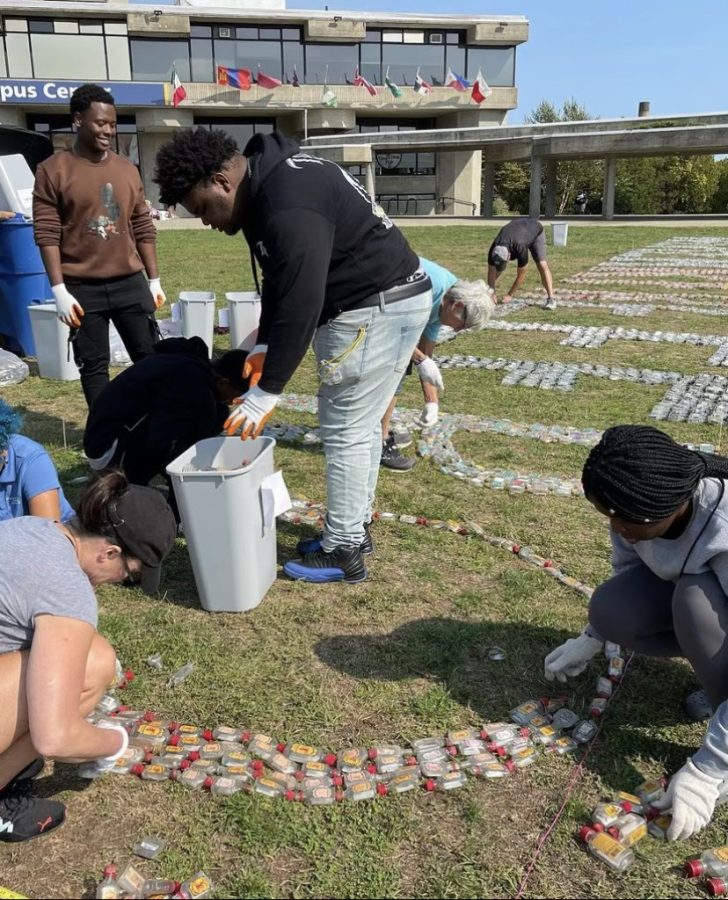
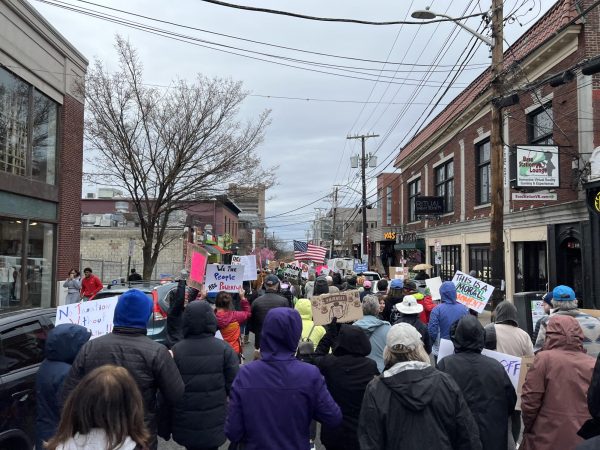


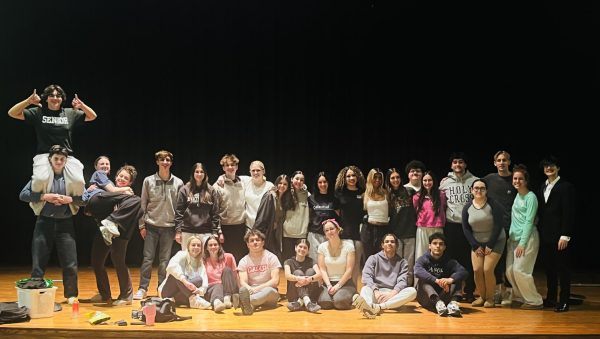
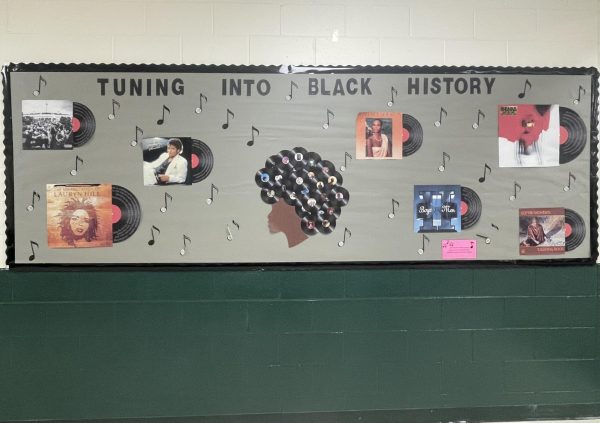
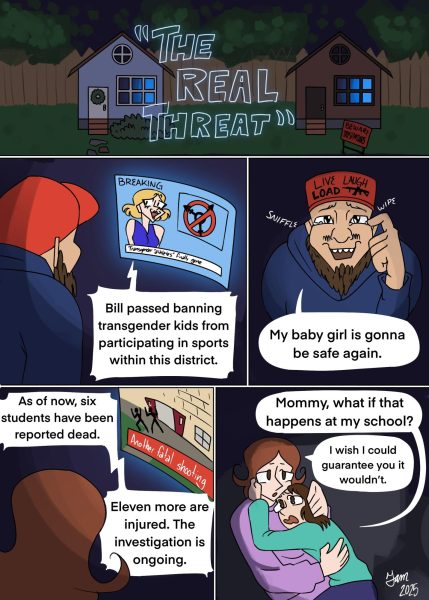
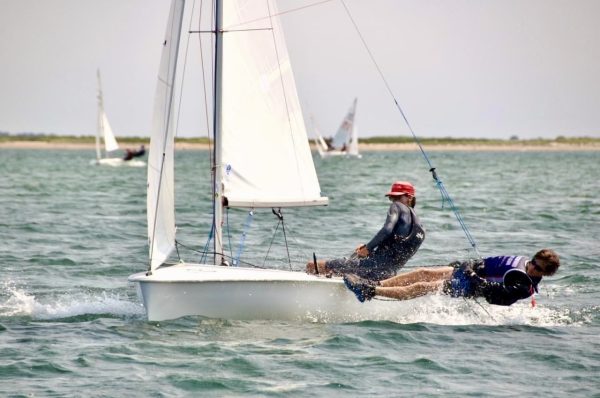

C • Oct 31, 2022 at 5:26 am
Excellent article.